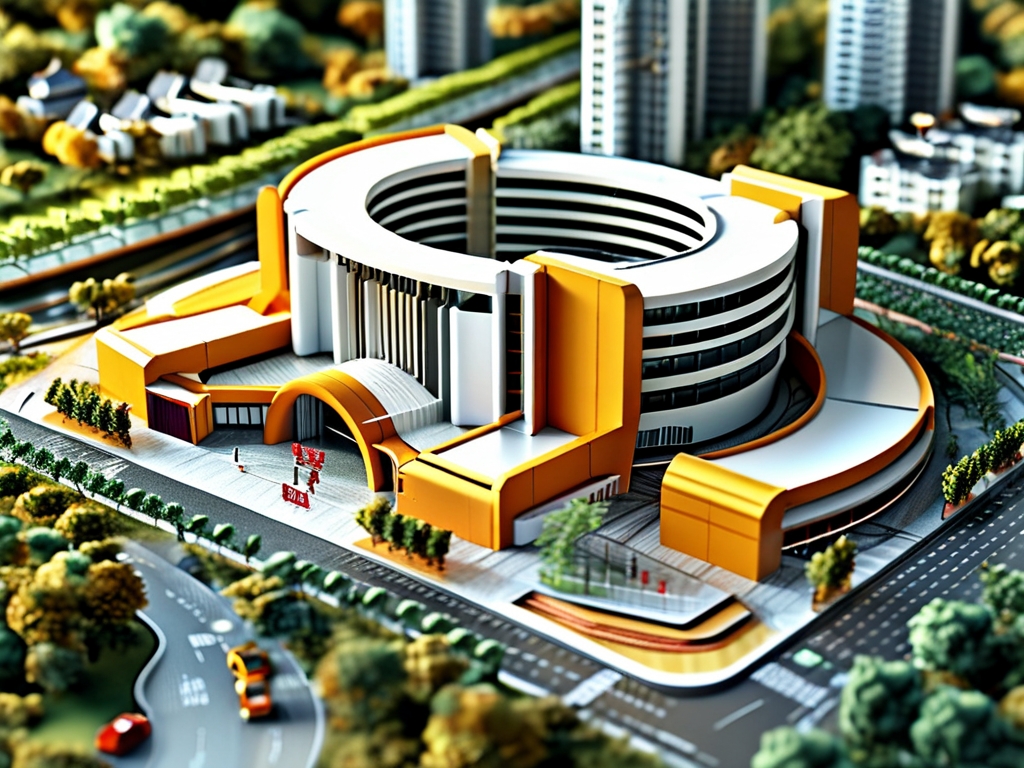The role of a system architect continues to evolve as technology advances, and the 2024 certification exam reflects these changes. This article explores the critical areas candidates should focus on, including emerging technologies, revised exam domains, and practical skills required to succeed.

1. Core Architectural Principles
The 2024 exam emphasizes foundational architectural concepts more than ever. Candidates must demonstrate mastery in:
- Distributed Systems Design: Understanding microservices, event-driven architectures, and fault-tolerant systems.
- Cloud-Native Architectures: Proficiency in containerization (Docker, Kubernetes), serverless computing, and multi-cloud strategies.
- Scalability and Performance Optimization: Techniques like load balancing, caching, and database sharding remain critical.
Expect scenario-based questions that test your ability to balance trade-offs between cost, latency, and reliability.
2. Emerging Technologies
New topics reflect industry trends:
- AI/ML Integration: Designing systems that incorporate machine learning pipelines, real-time inference, and ethical AI considerations.
- Edge Computing: Architecting solutions for low-latency applications (e.g., IoT, autonomous systems).
- Blockchain and Decentralized Systems: Understanding consensus algorithms and smart contract deployment.
Case studies may ask candidates to integrate these technologies into legacy systems while addressing security and compliance.
3. Security and Compliance
With rising cyber threats, the exam now dedicates 20% of content to:
- Zero-Trust Architectures: Implementing identity management, encryption, and least-privilege access.
- GDPR/CCPA Compliance: Data residency requirements and privacy-by-design principles.
- Quantum-Resistant Cryptography: Preparing for post-quantum security challenges.
Practical labs might simulate security breach scenarios requiring immediate architectural adjustments.
4. Soft Skills and Collaboration
System architects must bridge technical and business needs. The exam now includes:
- Stakeholder Communication: Translating technical jargon into business outcomes.
- Agile/DevOps Alignment: Designing architectures that support CI/CD pipelines and iterative development.
- Cost-Benefit Analysis: Justifying architectural decisions using ROI frameworks.
5. Exam Format Changes
The 2024 version introduces:
- Interactive Simulations: Drag-and-drop exercises to design system diagrams under constraints.
- Real-World Case Studies: Multi-part questions based on hybrid cloud migrations or legacy modernization.
- Open-Book Sections: Testing candidates’ ability to quickly reference documentation (e.g., AWS Well-Architected Framework).
Preparation Strategies
- Hands-On Practice: Build projects using Terraform for infrastructure-as-code or design a serverless API.
- Study Updated Frameworks: Focus on TOGAF 10, SAFe 6.0, and cloud provider certifications (AWS/Azure/GCP).
- Join Study Groups: Collaborate with peers to solve complex architectural puzzles.
In , the 2024 System Architect exam demands both depth in traditional concepts and adaptability to cutting-edge innovations. Success requires balancing technical expertise with strategic thinking—precisely what defines a modern system architect.









